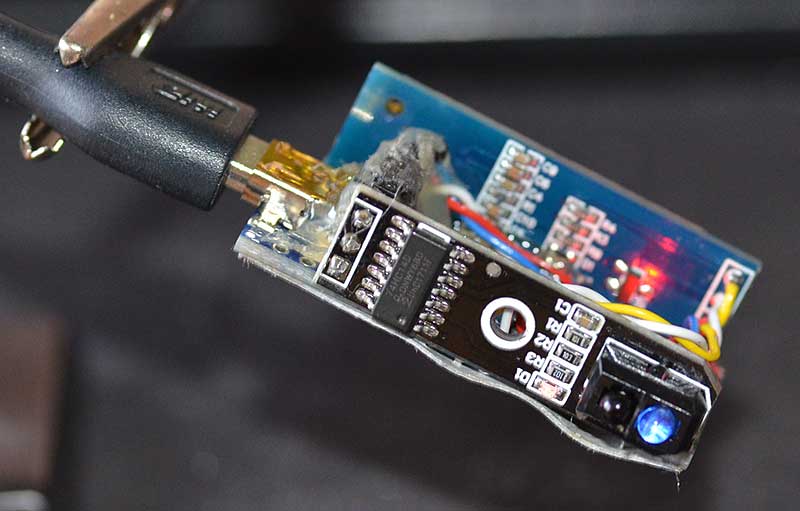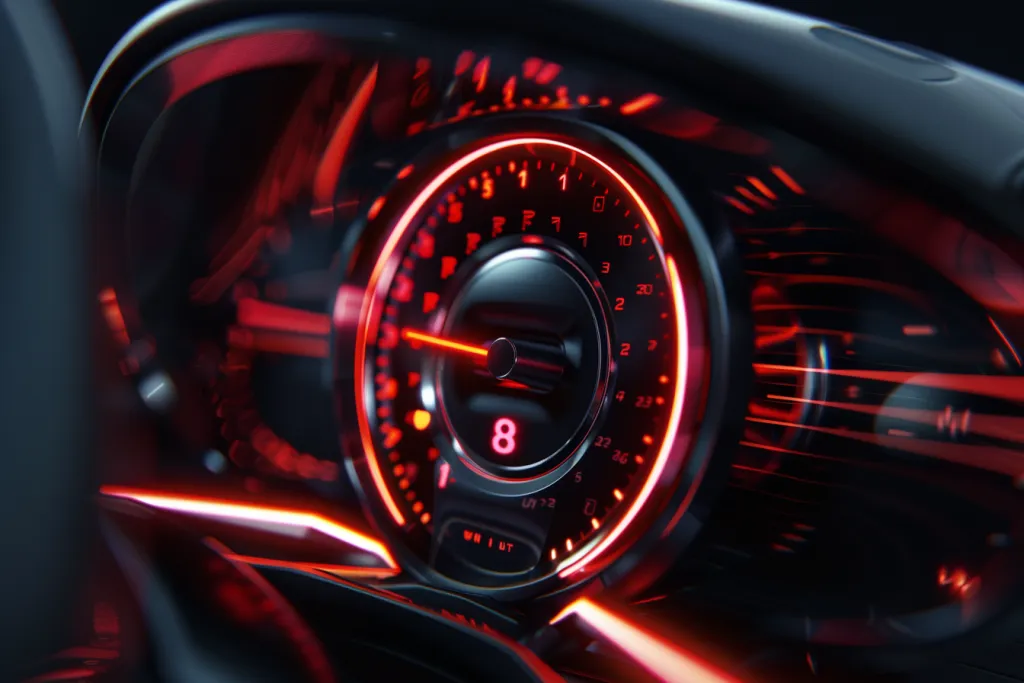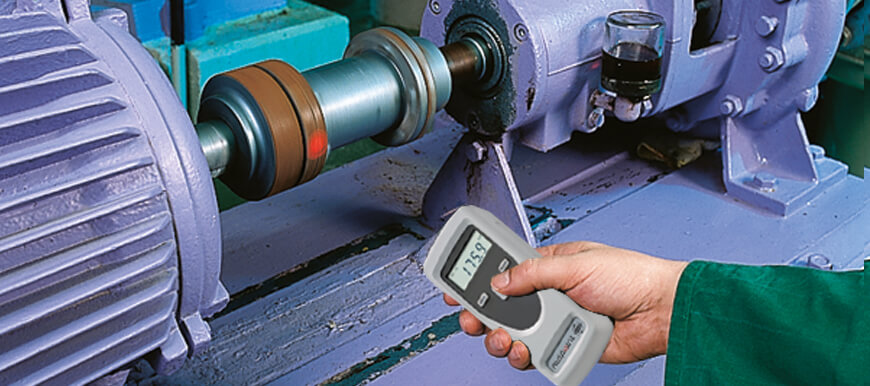When you slip behind the wheel of your car, there’s a particular gauge on your dashboard that holds a wealth of information about your vehicle’s performance. The tachometer, often perceived as a mundane component, is an essential tool in understanding how your engine operates. So, what does the tachometer tell you?

The Role of the Tachometer
A tachometer measures the speed of your engine in terms of Revolutions Per Minute (RPM). It provides a direct visual indication of how hard your engine is working at any given moment. This is crucial information for maintaining the long-term health of your vehicle.
Why is RPM Important?
RPM is a vital metric because it shows the number of times your engine’s crankshaft completes a spin within a minute. High RPMs usually mean that the engine is working harder and generating more power, while low RPMs indicate that the engine is idling or running more efficiently.
How to Read Your Tachometer
Understanding the Dial
The tachometer’s dial is typically marked in segments, each representing a specific RPM range. The first section usually covers the lower RPMs, which are essential for fuel efficiency and reduced wear on the engine.
Identifying the Redline
The redline is a critical aspect of your tachometer. It’s the maximum RPM the engine should operate at without risking severe damage. Continuously running an engine above the redline can lead to catastrophic failure.
Essential Uses for Drivers
Avoiding Engine Damage
One of the primary functions of the tachometer is to prevent engine damage. By keeping an eye on your RPMs, you can ensure you’re not pushing your engine beyond its safe operating limits.
Optimizing Fuel Efficiency
Maintaining your RPMs within the optimal range can improve fuel efficiency. Driving at too high an RPM can result in excessive fuel consumption.
Applications Beyond Cars
Motorcycles and Boats
Tachometers are not limited to cars. They’re widely used in motorcycles and boats, providing the same essential information about engine performance.
Industrial Applications
In the industrial sector, tachometers are used in machinery to monitor the performance and prevent system failures. For more on high-speed applications in manufacturing, visit this page.

Frequently Asked Questions (FAQs)
What is the primary function of a tachometer?
The primary function of a tachometer is to measure the engine’s speed in revolutions per minute (RPM), providing vital real-time information on the engine’s performance.
Why should I monitor my tachometer?
Monitoring your tachometer helps avoid engine damage, optimize fuel efficiency, and ensure smooth performance across various driving conditions.
Are tachometers necessary in modern vehicles?
Yes, tachometers remain a necessary component in modern vehicles to provide essential information about engine health and performance.
To gain a deeper understanding of tachometers, you can also visit this external resource.
